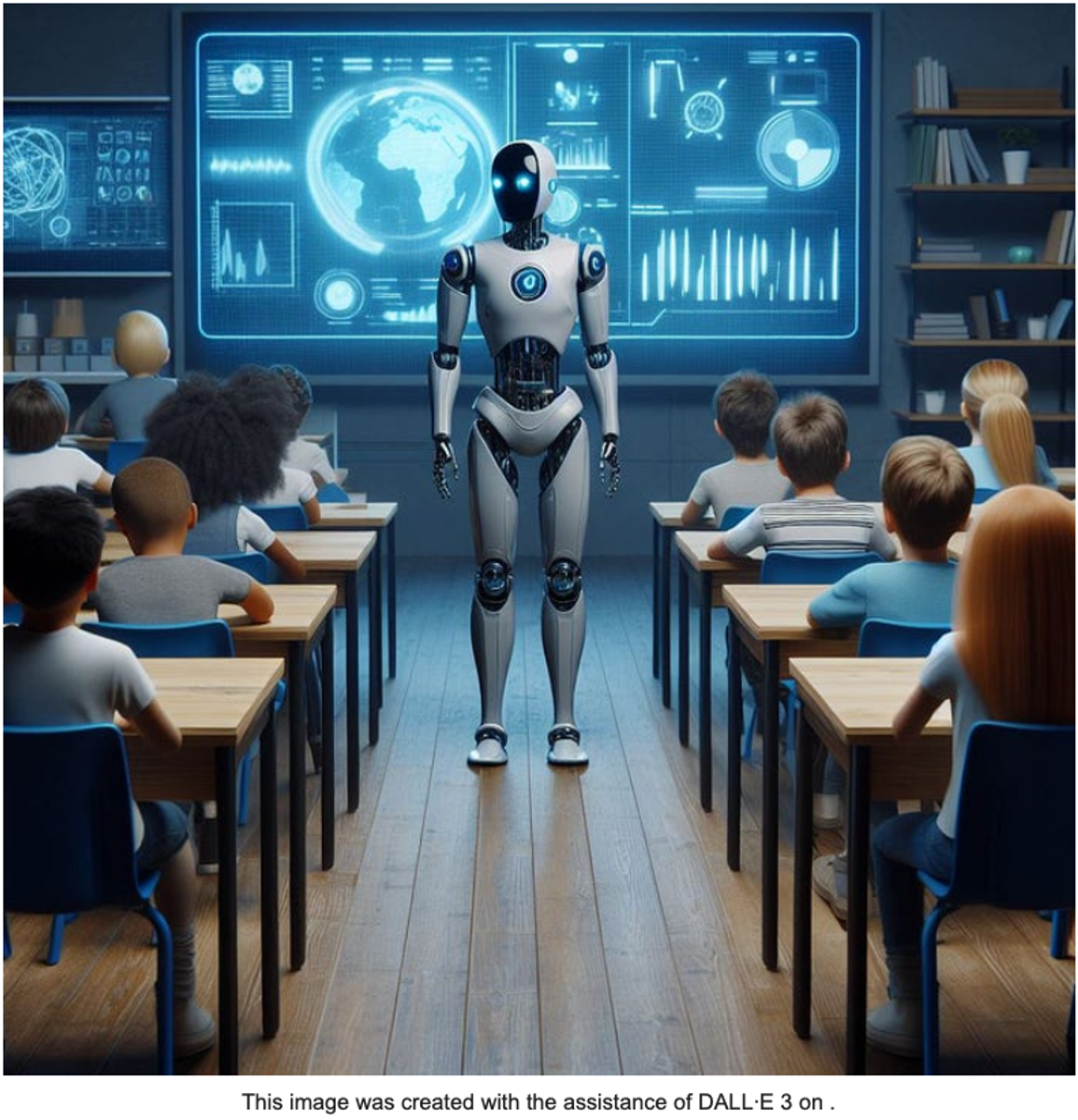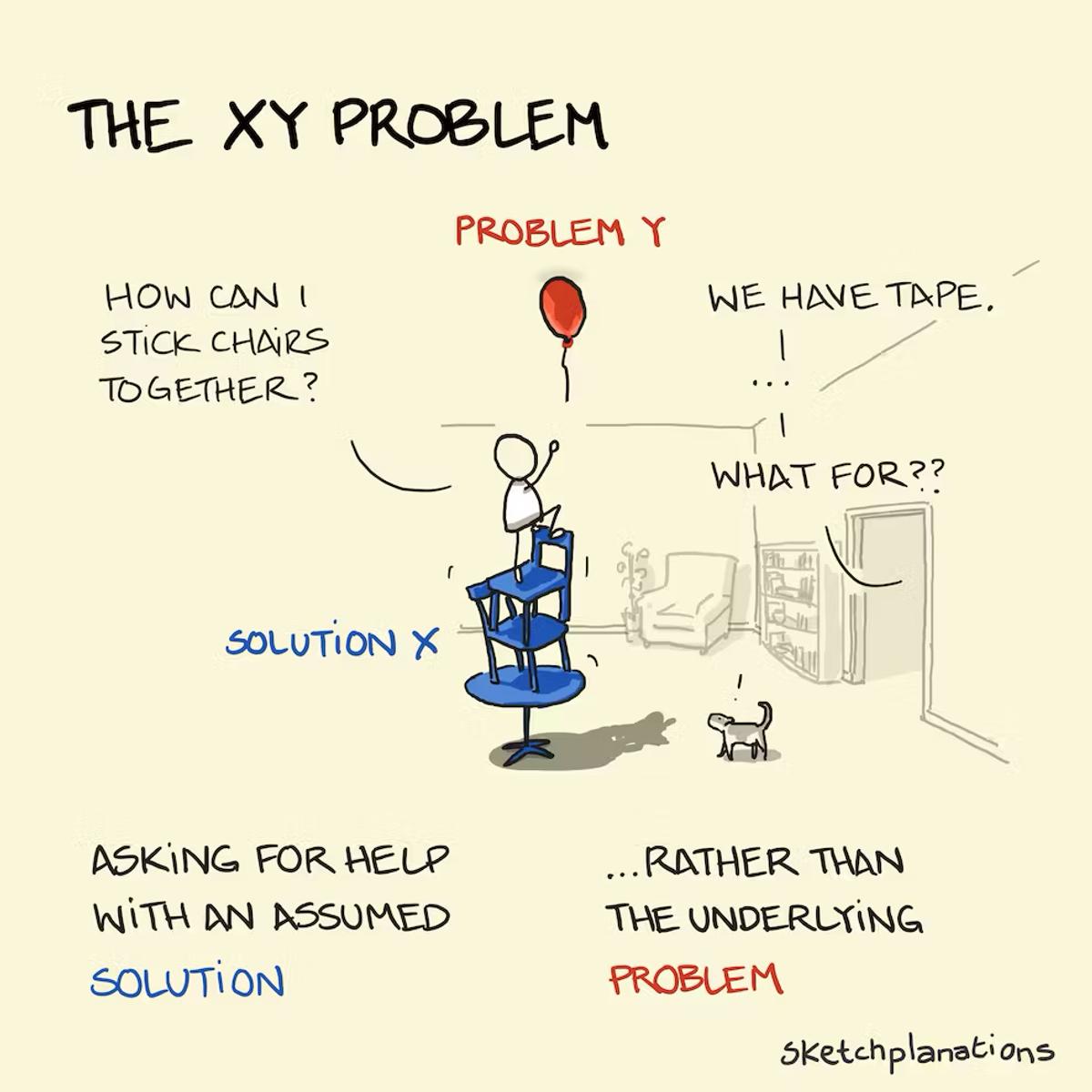Teachers' Page:

We start each week with a Monday Morning Meeting for staff. It's a time for information sharing, celebrating staff and children's achievements, laughter, building and strengthening the kaupapa foundations for our school, and a few tips on teaching, techie skills and even life. This page will be the place teachers can come back to if they want to revisit anything we covered in our Monday Morning Meetings.
It's really a page for teachers, but if you find anything worthwhile here for yourself, great.
Article:
Will AI Replace Teachers?
- A Teacher's Take:
With the global unleashing of advanced AI apps onto the world, there’s been a lot of talk over AIreplacing teachers. This debate has been happening for years in online and brick-and-mortar education spaces.
Although billions have been invested, it’s still far from replacing human teachers, despite the efforts of some businesses and schools to do so. Even if AI suddenly became incredibly advanced, to the point where you couldn’t tell if you were talking to a human or AI, it could never replace teachers because we are more than just vessels that spout information and tell students if they’re right or wrong. We have many hats that we wear that machines can never replicate. Overpromising and Exaggerating Capabilities Over the past several years, online education businesses have exaggerated the capabilities of their AI-powered apps to get more customers. I used to work for a Chinese company called VIPKID, an online English language school that mostly catered to children in China but is now available to students worldwide. The company sells English lessons with live, native-speaking English teachers who are mainly from the U.S. He has invested millions into AI and eagerly promoted using AI in their online classrooms to get parents to buy classes. They promised that AI would be able to keep track of their children’s progress, monitor their interest in class, and provide a personalized learning experience. It was overhyped, though. VIPKID’s AI was faulty and gave parents inaccurate and even flat-out false assessments of their kids. Many kids don’t like to have their faces on camera when taking an online class, so many times, we’re teaching the tops of their heads or their desks instead. Their AI analyzes the child as uninterested since their full face is not on camera. But many times, they’re actively participating in class; their AI can’t see that because it doesn’t understand the non-visual ways that a teacher can gauge a student’s interest in the lesson. With the crackdown against tutoring schools in 2021, VIPKID could no longer sell lessons taught by English teachers outside of China. Instead, they immediately rolled out classes taught by AI, which ended up being a disaster because the AI technology they had was not ready to replace human teachers. After the rollout of AI classes, many VIPKID teachers posted on social media about how parents contacted them, upset that their child could no longer learn with a human English teacher. The parents also complained about how faulty VIPKID’s AI technology was. A post by a former VIPKID teacher discusses the issues parents were having.“Had a parent of a former student reach out… After we got nixed, the student was switched to a native speaker living in China and then to Chinese teachers. They are only now starting the classes. She said the AI is terrible. Full of bugs and issues. They dislike it, and the courses are nothing but problems.”
VIPKID is now focusing on using human teachers again and trying to branch out into other countries where they can conduct business legally. My Experience Working For An AI AppI also worked for an English language learning app for kids that promoted using AI to customize a student’s learning and give them instant feedback on their pronunciation. The company also tried to roll out English classes taught by AI, which failed because the parents wanted human teachers, not interactive, pre-recorded videos with games. This self-proclaimed AI technology was a huge part of their marketing campaign, but it was very clunky and didn’t even work most of the time. What the app was using wasn’t AI at all; it was just a program that gave kids very inaccurate feedback on pronunciation. The app even said my pronunciation was incorrect even though I’m a native English speaker, and my voice was used to program the app! China’s Failure With AI Education has invested billions into it, but it’s still nowhere near good enough even to be helpful for teachers, let alone replace them. This disturbingly dystopian video shows a school in China powered by AI technology that monitors the students all day through uncomfortable, plastic headbands that they are forced to wear. Data of the students is collected through the headbands and sent to teachers, parents, the Chinese government, and unknown entities who could easily misuse that data. Despite looking like an episode, the AI used is not as intelligent as the school and Chinese government proclaim. The tech used in the “AI school” is typically used in hospitals and labs and can easily give inaccurate information. In the video, Theodore Zanto, a neuroscientist at the University of California San Francisco, points out that the technology was still new (at the time) and did not have much research behind it. Zanto explains that if the headband is faulty, not put on properly, or if the wearer is itchy or fidgety, it can give an incorrect reading. So basically, all the students at that Chinese AI school are being tormented for no reason. One student in the video even mentioned being punished at home if the data collected that day said he was unfocused for a moment. Don’t Believe The Hype So far, all this talk of AI being this groundbreaking tool for education has been just a bunch of hype with little to no value to the students themselves, aside from being a novelty and an interesting subject to debate over in class.
You could argue that the AI mentioned so far is a few years old, so even though AI has not been that great yet, that doesn’t mean it won’t be in. Just look at how incredible other AI tools are now, and they just came out! Let’s imagine that AI will give accurate and truthful information 100% of the time instead of giving too much of the time, as it does now. It will read human body language well and accurately assess a student’smood and interest in class, even if they fidget or hide their face. This advanced AI will even develop engaging lessons and fun ways to teach students to keep them interested. Even if AI could do all those things, it could not replace a human teacher. Human teachers do more than spout facts and dish out tests. If that’s all teaching was about, a robot could surely do that! But we do much more than that. Some teachers don’t even teach in the traditional way at all. Instead, teachers in progressive schools apply either a play-based or project-based teaching approach that is very flexible and changes all the time since it’s based on their students’ individual needs. Aside from teaching students using various adaptive techniques, we read our students’ body language and talk to them to ensure they’re ok physically and mentally. We can pick up on subtleties in human behaviour that AI could never pick up on. A lot of what we do is through intuition, which is not something that can be programmed into a robot. Human teachers can quickly change topics and adapt to the individual needs of our students to help them learn and get them more excited about learning. We teach students important communication skills through our interactions and encouraging group activities. We provide real personalized learning by changing our tone and wording things so students better understand the topics they’re learning about. Creating a comfortable, safe, and encouraging learning environment gives students the confidence to express their ideas and ask questions. Robots can give instant feedback and adjust lessons based on an algorithm and the student’s responses, but they can’t give students the freedom to learn outside of the robot’s programmed list of lesson topics. Even if the robot is given millions of possible ways to teach a student, it still cannot provide empathy, emotional support, and creative teaching techniques as human teachers can. It also cannot provide that support to the parents who often need it too. As more parents and educators realize that schools need to focus more on individuality, , community, andcreativity, and move away from homework, , and tests, this debate over whether AI will replace teacherswill finally be put to rest. Students are not robots, and their learning involves a lot more humanity than whatever the most advanced AI technology can provide.
Sketchplanations
The XY Problem (or X-Y Problem) often comes up in software development or customer support, where someone asks for help to achieve a solution (X) that they have chosen as a way to solve a different problem (Y). Helping with their solution may not help them solve their actual problem if it's not a good approach in the first place.
An example from software development is a person asking how to extract the last three characters of a filename (solution X) because they want to know the file type (problem Y). After helping them do solution X, it still wouldn't solve problem Y as some files have extensions of more than three characters.
Another example is a customer asking for help accessing their online account without realising that what they want to do has to be done over the phone anyway.
There's art and skill in respectfully answering questions and helping with what's asked while seeking to understand the real goal. And if you're asking questions, providing more context may help others provide better answers.
In development, it saves time and effort. In customer support, it leads to happy customers. In design, it may be uncovering unmet needs.
The name is indirectly from Eric Raymond in How to Ask Questions the Smart Way:
"Q: How can I use X to do Y?
A: If you want to do Y, you should ask that question without pre-supposing a method that may not be appropriate. Questions of this form often indicate a person who is not merely ignorant about X, but confused about what problem Y they are solving and too fixated on the details of their particular situation."
Also, see the metrics onion, challenge and clarification questions, prefer open-ended questions, ask the question at talks, don't fill the silence, and a better hierarchy of needs.


